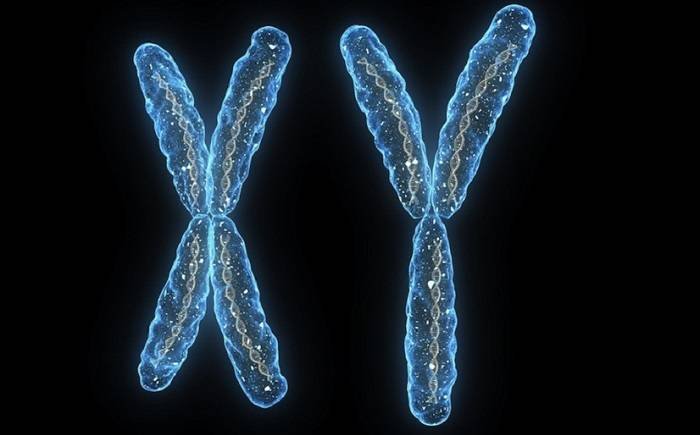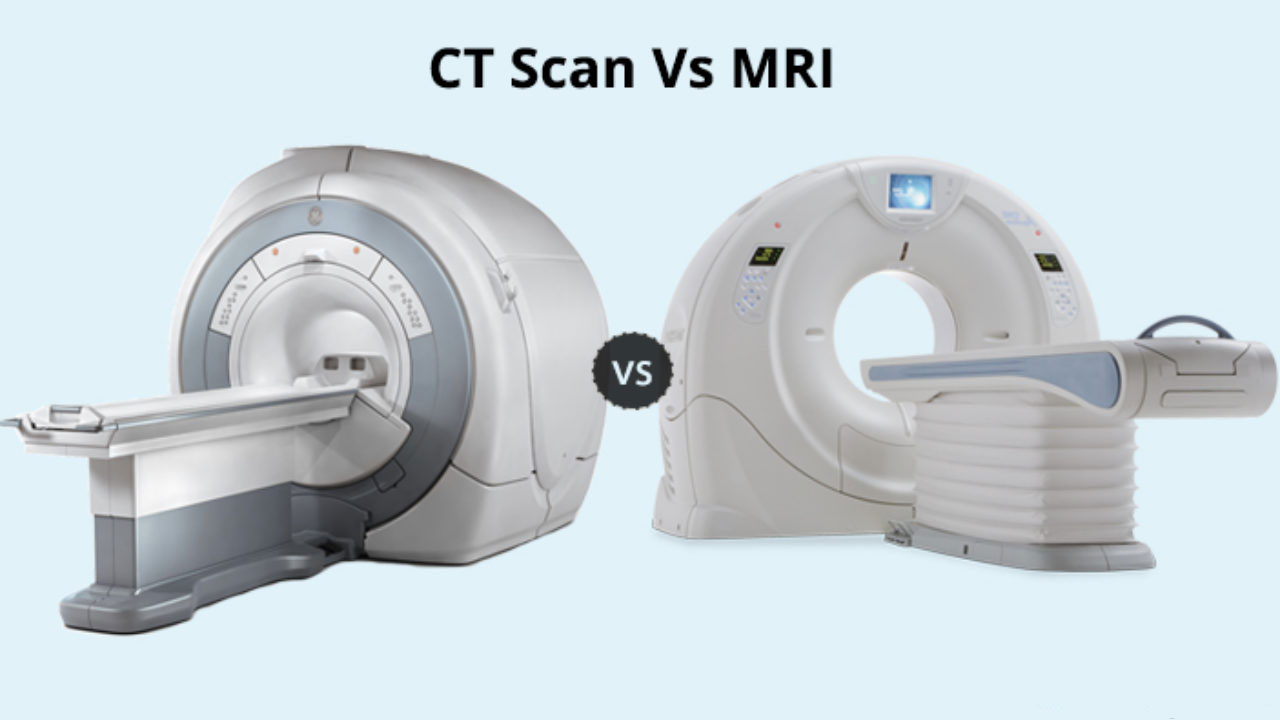What is a chromosome?
Chromosomes are filamentous structures found in the nuclei of plant and animal cells. Each chromosome is made up of a protein and a molecule of deoxyribonucleic acid (DNA). DNA is passed from parents to children and contains specific instructions that make each living thing unique.
Scientists give this name to chromosomes because they are cellular structures or objects strongly stained with certain colors used in research.
What do chromosomes do?
The unique structure of chromosomes holds DNA tightly around helical proteins called histones. Without such packaging, DNA molecules are so long that they do not fit inside cells. For example, if all the DNA molecules in a human cell are separated from their histones and placed along with them, they can grow up to 6 feet (1.8 m) in length.
For an organism to grow and function properly, cells must constantly divide so that new cells can replace old ones. During cell division, it is essential that DNA is intact and evenly distributed among cells. Chromosomes are an important part of the process that ensures that DNA is carefully copied and distributed during cell division. However, in rare cases, mistakes also occur.
Changes in the number or structure of chromosomes in new cells can lead to serious problems. For example, in humans, some types of leukemia are caused by defective chromosomes made up of attached pieces of broken chromosomes.
It is also important that reproductive cells such as eggs and sperm have the right number of chromosomes and correct their chromosome structure. Otherwise, the growth of the children may be impaired. For example, people with Down syndrome have three copies instead of the two copies of chromosome 21 found in other people.

Do all living things have the same chromosome?
The number and shape of chromosomes vary among living organisms. Most bacteria have one or two circular chromosomes. Humans, along with other animals and plants, have linear chromosomes paired in the nucleus of cells.
Only human cells containing a pair of chromosomes, when two sex cells combine, become a single cell with two copies of each chromosome. The cell divides, and the resulting cells divide several times, eventually forming an adult with a complete set of chromosome pairs in almost all of its cells.
In addition to the linear chromosomes in the cell nucleus, human cells and other complex organisms have much smaller chromosomes similar to those found in bacteria. This circular chromosome is found in mitochondria, extra-nuclear structures that act as cellular power plants.
Scientists think that in the past, mitochondria were independent bacteria capable of converting oxygen into energy. When these bacteria attacked cells that could not use oxygen, the cells preserved them, and over time, the bacteria became modern mitochondria.
What is a centromere?
The compact region of linear chromosomes is called the centromere. Although this compression is called a centromere, it is usually not exactly at the center of the chromosome and, in some cases, is almost at the end of the chromosome. The areas on either side of the centromere are called chromosomal arms.
In the complex process of cell division, the centromere helps keep chromosomes in the proper position in the cell. Chromosomes are copied before new cells are produced, and the centromere acts as the junction of the two halves of each duplicate chromosome, known as sister chromatids.
What is a chromatid?
A chromatid is one of two identical halves of the same chromosome. During cell division, chromosomes first undergo a proliferation process so that each daughter cell receives a complete set of chromosomes. After DNA amplification, the chromosome comprises two identical structures called sister chromatids joined at the centromere.
Put, during DNA division, when a cell divides, the cell must copy its DNA and then transfer half of it to one cell and half to another. As you know, DNA is arranged in chromosomes, so when a chromosome is copied or duplicated, the resulting genetic material is placed on two chromosomes called chromatids. Then in the next stage of cell division, when the DNA is transferred to two daughter cells, one of the chromatids is assigned to each of the two cells. Thus, the chromatid is a copy of the chromosome after DNA amplification.
What is a telomere?
Telomeres are identical pieces of DNA at the ends of linear chromosomes. They protect the ends of the chromosomes to protect the end of the shoelace against the shoelace and prevent it from opening.
In many cell types, telomeres lose some of their DNA with each cell division. Eventually, when all the telomere DNA is destroyed, the cell can no longer multiply and die. White blood cells and other cells with a very high cell division rate have a special enzyme that prevents the loss of telomeres on their chromosomes. Because they retain their telomeres, they usually live longer than other cells. Telomeres are also involved in cancer. Malignant cell chromosomes typically do not lose their telomeres and contribute to uncontrolled growth, which greatly damages cancer.
How many chromosomes does a human have?
Humans have 23 pairs of chromosomes, for a total of 46 chromosomes. Every plant and animal has a certain number of chromosomes. For example, the fruit fly has four pairs of chromosomes, while the rice plant has 12 teams and the dog has 39 pairs.
What is a karyotype?
A karyotype is an image of an individual’s chromosomes. To produce this image, the chromosomes are isolated, stained, and examined under a microscope. This is usually done using the chromosomes in the white blood cells. The idea of the chromosomes is taken under a microscope and then cut, and the chromosomes are classified according to size and from largest to smallest. An experienced cytogenetic can identify missing or extra pieces of chromosomes.
How are chromosomes numbered?
Each chromosome gets a specific number based on its size. The largest chromosome is chromosome number one. In humans, for example, chromosome 18 is one of the smallest chromosomes.
How are chromosomes inherited?
In humans and most other complex organisms, one copy of each chromosome is inherited from the female parent and different from the male parent. This explains why children inherit some traits from their mothers and others from their fathers.
The inheritance pattern of the small circular chromosome in the mitochondria is different. Only eggs (not sperm cells) retain their mitochondria during fertilization. Therefore, mitochondrial DNA is always inherited from female parents. In humans, a small number of diseases, including some forms of hearing loss and diabetes, are associated with mitochondrial DNA.
Are male chromosomes different from female chromosomes?
Yes, they are different in terms of a pair of chromosomes known as sex chromosomes. Women have two X chromosomes in their cells, while men have one X chromosome and one Y chromosome.
Inheriting extra copies or fewer sex chromosomes can lead to serious problems. For example, women who have additional copies of the X chromosome are usually taller than average, and some have mental retardation. Men with more than one X chromosome have Kleinfelter syndrome, a condition characterized by slowness and often impaired fertility. Turner syndrome is another syndrome caused by an imbalance in the number of sex chromosomes. Women with Turner syndrome have only one X chromosome. They are very short, usually do not reach puberty, and may have heart or kidney problems.

Facts about the X chromosome and the Y chromosome
- In the nucleus of each cell, DNA is packaged in filamentous structures called chromosomes.
2. Most human cells have 23 pairs of chromosomes. One set of chromosomes is inherited from the mother, and another set from the father. Twenty-three pairs are sex chromosomes, while the other 22 pairs are called autosomes.
- Typically, biologically female people have two X chromosomes, while biologically male people have one X chromosome and one Y chromosome. However, there are exceptions to this rule.
Humans biologically inherit one X chromosome from their father and another X chromosome from their mother. Biologically, men always inherit their X chromosomes from their mothers.
In terms of size, the X chromosome is about three times the size of the Y chromosome and contains approximately 900 genes, while the Y chromosome has about 55 genes.
- Mammalian females have two X chromosomes in each cell. However, one of the X chromosomes is inactive. This inactivation prevents transcription so that the amount of X-dependent genes does not double, which can be potentially dangerous. The inactive X chromosome is compressed into a small, dense structure in the nucleus and is called a charged body. Cargo objects are usually used to determine gender.
Turner syndrome occurs when women inherit only one copy of the X chromosome. 7. Changes in the structure or number of X chromosomes can lead to disease. For example, trisomy X syndrome results from three X chromosomes instead of two X chromosomes.
- Some women have amazing color vision. This condition is very rare and is called tetrachromatic and depends on the X chromosome. These women can see up to 100 million shades of color because they have four types of cone cells in their eyes instead of the usual three.
- In the pedigree, the lineage of men is often traced using the Y chromosome because this chromosome is passed only from the father.
11. Everyone who carries the Y chromosome is linked by a common ancestor, XY, who probably lived about 300,000 years ago.
The 122 Y chromosome contains a gene called SRY, which causes the testicles to form in the fetus and leads to the growth of the male internal and external genitalia. If a mutation occurs in the SRY gene, the fetus develops the female reproductive system despite having the XY chromosome.
- Variation in the number of sex chromosomes in a cell is very common. Some men have more than two X chromosomes in all of their cells, and many men lose their Y chromosome cells as they age. Smoking may accelerate this process.
14 Some genes thought to be absent on the Y chromosome have been transferred to other chromosomes.
Most of the 15 Y chromosomes are made up of identical pieces of DNA, and special techniques are needed to sequence these very similar pieces.
What are chromosomal abnormalities?
Several types of chromosomal abnormalities can be divided into two main groups: numerical abnormalities and structural abnormalities.
Numerical anomalies:
An example of a monosome in which a person lacks a chromosome. An example of a disease caused by Down syndrome is numerical abnormalities characterized by mental retardation, learning disabilities, some facial features, and poor muscle tone in infancy. A person with Down syndrome has three copies of chromosome 21 instead of two. For this reason, it is also called Down Syndrome Trisomy 21. In Turner syndrome, a female is born with only one sex chromosome, X, and is usually shorter than usual, unable to conceive, and has other problems.
Structural anomalies
Chromosome structure can change in several ways:
Deletion: A part of the chromosome is lost or deleted.
Copy: A part of a chromosome is copied, leading to extra genetic material.
Displacement: Part of a chromosome is transferred to another chromosome. There are two main types of chromosomal transitions. In reciprocal translocation, fragments of two different chromosomes are exchanged. At the Robertson site, one complete chromosome attaches to another chromosome at the centromere site.
Inversion: A part of a broken chromosome is inverted and then reconnected. As a result of this phenomenon, genetic material is reversed.
Rings: A part of a chromosome that breaks down into a circle. This phenomenon can be associated with the loss of genetic material, or genetic material does not change.
Most chromosomal abnormalities occur randomly in the egg or sperm. In these cases, there are abnormalities in every cell of the body. Although some exceptions occur after fertilization, some cells have quirks, and others do not.
Chromosomal abnormalities can be inherited from one parent or in a new person. This is why most chromosomal tests are performed on parents when determined that they have some aberration.
How do chromosomal abnormalities occur?
Chromosomal abnormalities usually occur when there is an error in cell division. There are two types of cell division: mitosis and meiosis.
Mitosis leads to the formation of two cells that are copies of the original cell. A cell divides into 46 chromosomes and turns into two cells, each with 46 chromosomes. This type of cell division occurs throughout the body except in the genitals. This is how most of the cells that make up our body are made and replaced.
In both processes, the correct number of chromosomes in the resulting cells is determined. However, errors in cell division can lead to the formation of cells that have more or fewer copies of chromosomes. Errors can also occur when copying chromosomes.
Other factors that can increase the risk of chromosomal abnormalities include:
Maternal age: Women are born with all the eggs they will have in their lives. Some researchers believe that with age, errors in the genetic material of the egg appear. Older women are more prone to chromosomal abnormalities than younger women. Because men produce new sperm during their lifetime, the father’s age does not increase the risk of chromosomal abnormalities.
Environment: Although there is no conclusive evidence that specific environmental factors cause chromosomal abnormalities, the environment may still play a role in genetic errors.










